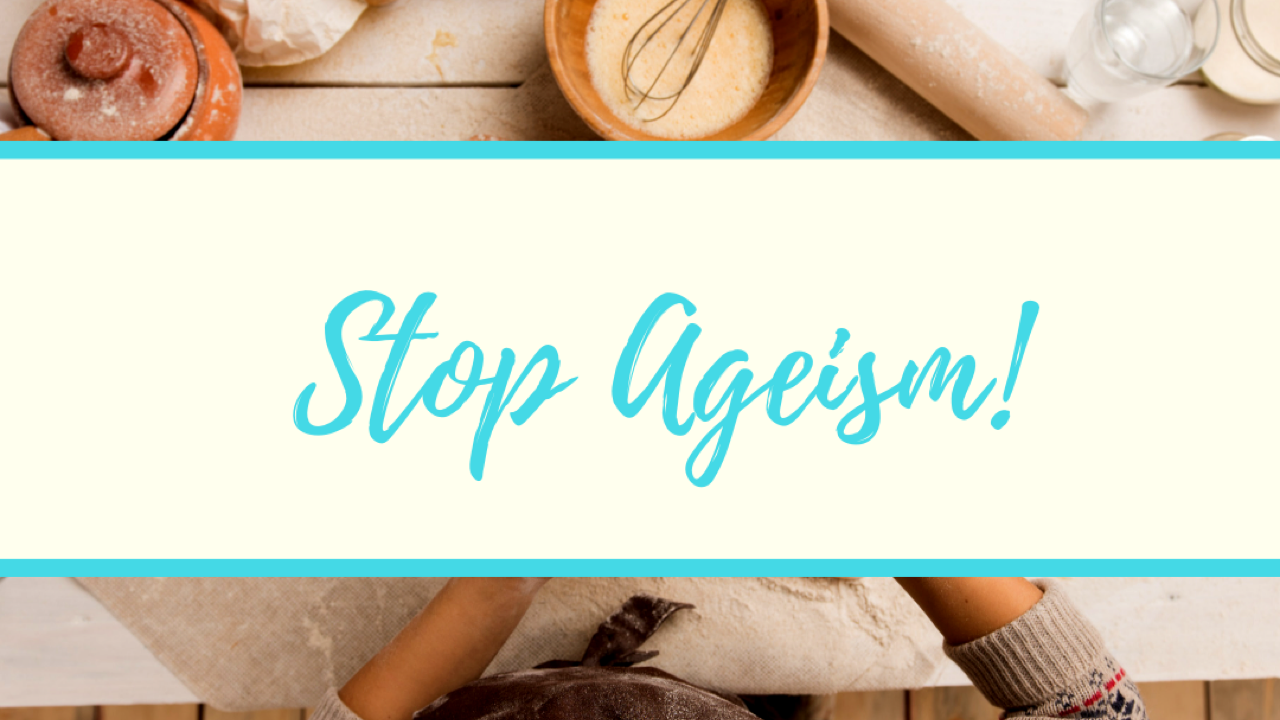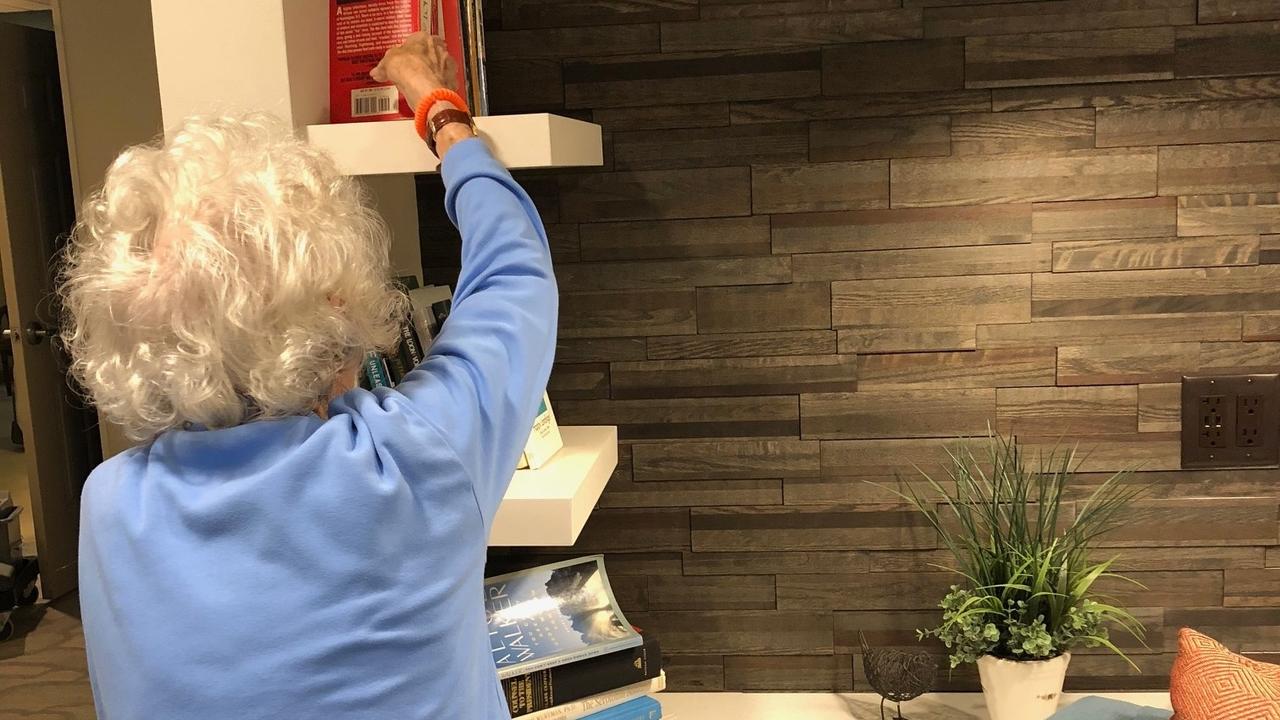Caregiver and Client Education

Education
Education should be done early and often in our treatments. We can not stress to you enough how important it is to educate clients, caregivers, and family members in order to achieve goals and continue to show skilled care.
Remember, YOU are the expert when it come to your client’s success, Without you knowledge and clinical recommendations, client’s may not reach their full potential. Even if you think something your educating on is “common sense,” it may be new to your client or caregiver and therefore extremely helpful for carryover.
Educational Topics
There are numerous topics you can educate your client and their caregivers on including.
- Role of discipline (OT/PT/SLP)
- Often done during initial evaluation
- Fall prevention
- vision check up
- appropriate shoes
- physical deficits
- Medication management
- pill box organizer
- medication schedule
- Dehydration
- risks
- prevention
- Community resource
- transportation
- social activities
How Do We Stop Ageism?

Ageism
As professionals working with older adults, we can STOP the stigma of old age According to the United States Census Bureau, there are over 48 million people 65 and older in the United States as of 2017, making up almost 15% of the population. . The projected population of people age 65 and older in 2060 is a staggering 98.2 million, with 19.7 million people age 85 and older.
As this population continues to grow, we need to continue to provide the best care. Everyone we work with needs to realize how important it is to believe in the STRENGTH of people, no matter what age. Caregivers, family members, and all members of the interdisciplinary team play a major role in reversing the aging process.
Age is just a number
We should be challenging our clients and taking them to the next level. I often hear my clients say how old they are and they are too old to do this. Why do they say this and think this way? Ageism. We need to encourage our clients that they can improve and gro...
Dynamic Standing Activities

Dynamic Standing Balance and Activity Tolerance
We have had a lot of request to show activities that increase standing tolerance and dynamic standing activities. We like to incorporate functional reach activities into our treatments. I often have my clients reach into cabinets or book shelves to retrieve items.
These types of activities facilitate weight shifting, side stepping, decreased UE support, and reach outside of base of support. This can also be an opportunity for clients with visual perceptual deficits to work on visual scanning and depth perception. A counter top or bookshelf can be used for unilateral support while promoting standing tolerance and balance.
Just Right Challenge
As a clinician providing skilled care, part of our job is finding the "just right challenge" for our clients. This makes treatments client-centered and more purposeful. To challenge our clients, we may have them stand on a balance pad during balance activities or stand in a narrow base of supp...
Fine Motor Skills

Fine Motor Skills
There are so many fine motor tools and tricks out there to help your clients achieve their dressing goals.
I ordered these dressing boards from amazon and my clients love practicing with them. You can click here to purchase the boards for your tool box.
Clothespins are a cheap tool to use for treatment to also help towards achieving independence with dressing.
If your client has arthritis or another limitation that impacts their fine motor skills, use adaptive equipment!
The button hook I show my clients was ordered from amazon. You can buy it here. It has a built-up, non-slip soft grip handle to help fastener those hard to pinch buttons.
Do you know other therapists that could use more ideas for evidence based treatment? Make sure to share this post and follow us and tag them on Instagram www.instagram.com/thenoteninjas
And if you haven't yet make sure to download our FREE PDF with skilled care documentation tips HERE!
Balance Training for Patients With Parkinson Disease

Boxing and Parkinson's disease
We love boxing with our older adult clients, especially those with Parkinson’s disease.
Boxing 🥊 provides so many amazing health benefits:
- Improved balance
- Better gait and mobility
- Improved quality of life
- Improve core strength and stability
- Increased coordination
- Increased endurance
Evidence-based Research
And better yet, boxing is supported by research and is evidenced-based.
In a case report by Combs, S., et al (2011) their findings were as reported “5 of 6 patients decreased the time to complete the TUG at the 12 - and 24- week tests, and all patients decreased the time by the 36- week test” (p. 136)
Do you know other therapists that could use more ideas for evidence based treatment? Make sure to share this post and follow us and tag them on Instagram www.instagram.com/thenoteninjas
And if you haven't yet make sure to download our FREE PDF with skilled care documentation tips HERE!
